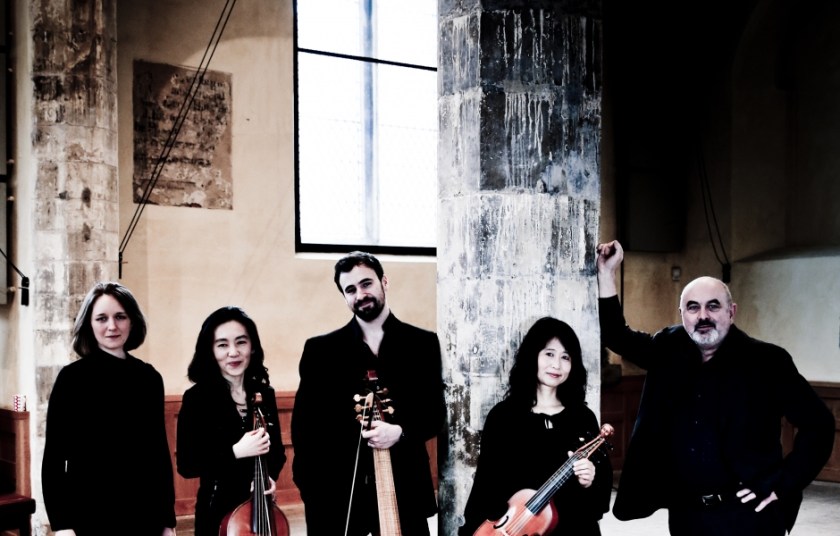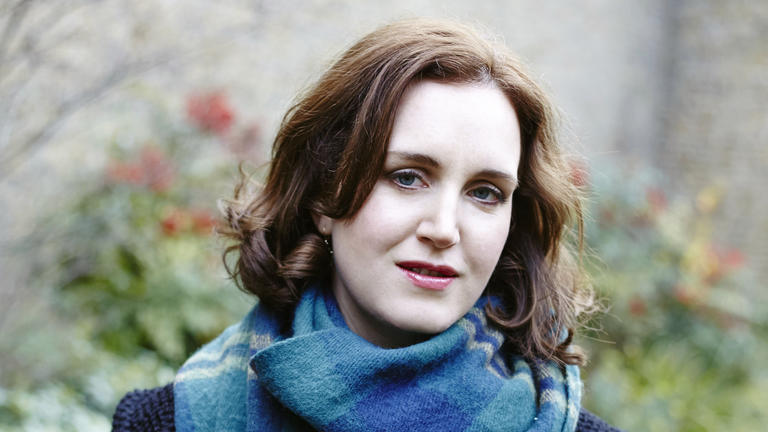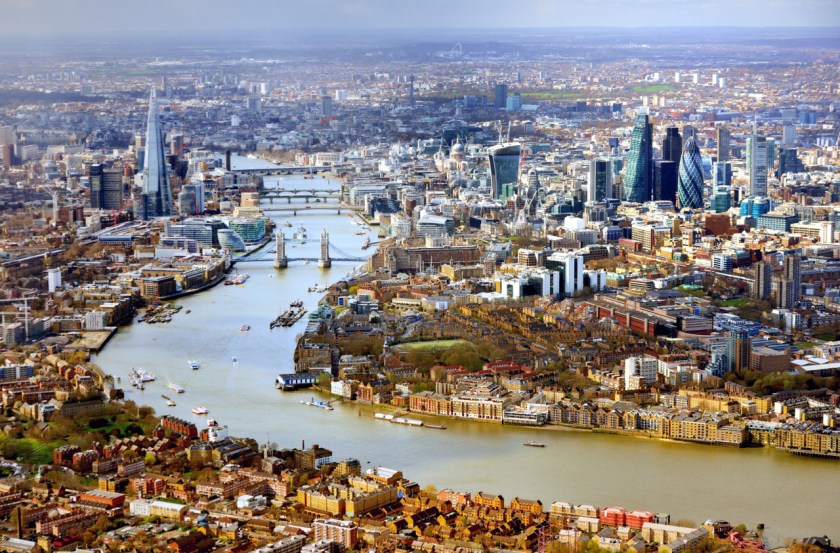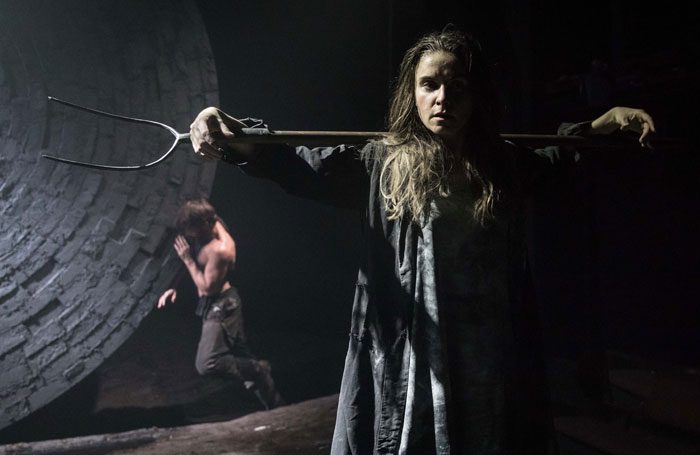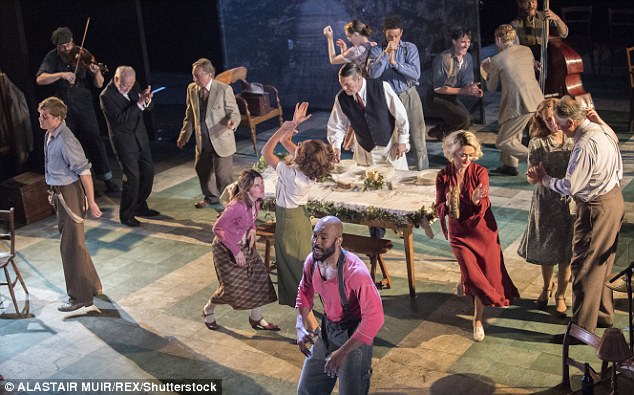
Girl From the North Country
The Old Vic, 20th September 2017
(Girl From the North Country is transferring to the Noel Coward Theatre from 29th Dec 2017 through to 24th Mar 2018)
I am afraid there is a bit of a rant coming. If the Old Vic is going to fill matinee performances with teenage schoolkids can it please find a way to get them to shut up during the performance. I can just about deal with the Old Vic’s kettle-ing of the audience into the tiny foyer, the toilet squeezes (and I am a bloke – the ladies queue looks worse), the sometimes loose productions let down by under-rehearsal, the leg-room in parts of the Lilian Baylis Circle, the sound quality in parts of the stalls and the occasionally grasping approach to interval scheduling. Why? Because it is the Old Vic, a commercial theatre with no subsidy that does its level best to bring together the best creatives with classic plays and important new works. And it is a big space to fill. And, to be fair, they are doing something about the layout.
Now pitching up at matinees here and at the Young Vic is going to mean schoolkids. And by and large that is a brilliant thing. Watching some young-uns relax into the Joe Hill-Gibbons’s Midsummer Night Dream earlier in the year was a joy to behold. A bit of cacophony before the curtain rise, some fidgeting, the odd screen flicker, maybe even one or two whispers is normally a fair exchange for the audible gasps or whoops when something really exciting happens on stage. But what I could not stomach here was a trio of show-offs pointedly stage-whispering throughout. Too loud and frequent to ignore. Couldn’t find a teacher/TA to gently vent fury so ended up seething.
And thus my journey to grumpy old man is complete.
Anyway it meant that my enjoyment of Girl From the North Country was compromised. Which is a shame. Because as the remaining full houses and official and audience reviews suggest, it is very very good. I went with the SO as a replacement for BUD, who I had attempted to rope in, knowing full well that he would be enmeshed instead in a world of finance. Now the SO is famed in our house for her dislike of “musical theatre” and for eschewing any information in advance about what she will be seeing in the theatre. So having failed to gauge any reaction during the first half from her usual Sphinx-like gaze (and having myself been focused on the stage itself whilst trying to zone out the offending youths) I waited with bated breath for her verdict. “It is good – I am enjoying it”. I was tempted to insert the word “really” before “good” or “enjoying” in the previous sentence but that would imply a level of rapture that the SO rarely attains. in fact in the last 5 years of theatre going only The Ferryman, Andrew Scott’s Hamlet and Hytner’s NT Othello claimed a “really” good accolade.
Anyway the point is that this play with music really works. It is no surprise that writer Conor McPherson’s text is a delight. This is the man who delights in story-telling from a theatrical culture that does likewise. The setting, a guest house in Duluth, Minnesota (the birth-place of Bob Dylan) in 1934 as the US is emerging from the Great Depression, lends itself perfectly to this tableau of interweaving narratives. The characters are one rung up from the completely dispossessed, and the Crash and the ensuing credit collapse and failed harvests are swinging into the rear view mirror, but these characters still have next to nothing and are scraping around for the means to live.
Sorry another aside. If you ever get a chance read the novel Duluth by Gore Vidal which uses the city as a starting point for a brilliantly structured flight of fancy with layers of meaning and sharp satire. As usual Mr Vidal was decades ahead of the zeitgeist. And now I see there is a revival of his play, The Best Man, about to tour. I hope the production does it justice as the text (and film adaptation with Henry Fonda in the lead) shows a play with real relevance to US politics today, (though at the time of writing Vidal’s acerbic wit was aimed at Nixon, the Kennedys and McCarthy). That nice Martin Shaw will take the lead role and Simon Evans will direct (a wise choice given his recent Arturo Ui at the Donmar). I would definitely gives this a viewing.
Anyway back to the matter in hand. Now there is a big Bob Dylan shaped whole in my life. I have tried half-heartedly to fill it but have never really been persuaded. Seeing and hearing this might have changed my mind, but if it eventually doesn’t that is no judgement on the 20 songs here. For in the context of the production the music and lyrics were a perfect fit. There is no particular attempt to make lyrics echo plot or vice versa. This is a play with songs (some partial, some reprised and most realised with standing microphones) and not a musical. No jazz hands, fisting clenching or “woe is me” ballads. Just a procession of interludes where one or more of the characters plunder Mr Dylan’s back catalogue (across the decades so not just the obvious early folk-y/bluegrass-y stuff) accompanied by a band playing only instruments of the Depression years period. (Hats off to musicians, Alan Berry, Charlie Brown, Pete Callard and Don Richardson). The arrangements from Simon Hale are very satisfying, the lyrics are self-evidently beautiful and the performances pitch perfect (emotionally I mean – obviously some of the cast are better singers than others). Particular favourites for me were Slow Train, Jokerman, Hurricane, You Ain’t Going Nowhere and Make You Feel My Love. And the diminutive Shirley Henderson belting out Like a Rolling Stone.
Mr McPherson, who directs here as well, an eminently sensible decision given the structure of the work, lets the characters emerge with a sparse but emotionally affecting text. The whole play is only just over a couple of hours. Strip out the music and maybe there is 90 minutes of drama. Yet there are 13 named characters. We get to know all of them and their stories though. That alone is a remarkable achievement.
Ciaran Hinds plays the owner of the guesthouse Nick Laine. A big man whose dreams were crushed a long time ago. Last time we saw Mr Hinds he was a curiously lifeless Claudius in the Cumberbatch Hamlet. Here though he is what he should be. Wife Elizabeth has long since retreated into her own world but her delusions do not stop her seeing the essence of what is going on around her. Shirley Henderson (whom I adore) is maybe a tiny bit over the top but her unravelled self works as metaphor for America in these years. Son Gene, played by telly star, Sam Reid yearns to write but likes the whisky a bit much. Again a stock character, true, but not a stereotype. Adopted daughter Marianne, played by Sheila Atim, is black and hugs the guest-house for fear of attack. Nick would like to marry her off to elderly shop-owner Mr Perry (Jim Norton) but she resists, fearing a life of unhappiness and frustration. Katherine Draper (the excellent Claudia Jolly) is passing through and has hopes of an inheritance which will let her set up a business with Nick with whom she is having an affair. Yet Nick will never leave Elizabeth and, anyway, Katherine’s financial salvation vanishes into thin air.
A couple of cons then crash the guesthouse, Joe Scott (Arinze Kene who I need to keep tabs on) a good man, an ex-boxer, who woos Marianne, and “Reverend” Meadows, (a suitably sly Michael Schaeffer), a self-styled preacher and bible seller, who is up to no good. We are also joined by the bankrupt and broken Burke family (moving performances from Stanley Townsend and Bronagh Gallagher) whose son Elias (Jack Shalloo) has an intellectual disability. And to top it off we have the mighty Ron Cook as Dr Walker, who acts as narrator to add context, Mrs Nielsen (Debbie Kurup) and a fine ensemble (Kirsty Malpass, Tome Peters, Karl Queensborough) to add depth to the chorus. Overall all then a busy stage but the scene changes were deftly handled.
Now if I had a small misgiving, (aside from the babbling youth), it would be that the structure and length of the play constrains any real plot development. As I say we get to “know” these characters and understand their dreams and frustrations but, all up, only a few things actually happen. No matter given the sublime spell that the dialogue, music and lyrics help to create, but I think this could actually have done with being a little longer (a rare request from the Tourist) to expand the stories of the Laine and Burke families in particular, and maybe heighten the drama. I also think that when this is revived, (the rest of the run is sold out I think), as it surely will be, an outdoor setting, on a summer’s evening, might turn it into magic.
Anyway,whilst maybe not quite up there with Mr McPherson’s The Weir on the theatrical bucket list, this is a play with music that should be seen. Even, or maybe especially, if you are not a Dylan devotee. Remember it was the recalcitrant Nobel Prize winner who approached Mr McPherson and attached no strings to the project. Clearly he knew that justice would be done to his poetry (though it seems the old curmudgeon hasn’t seen it yet).


